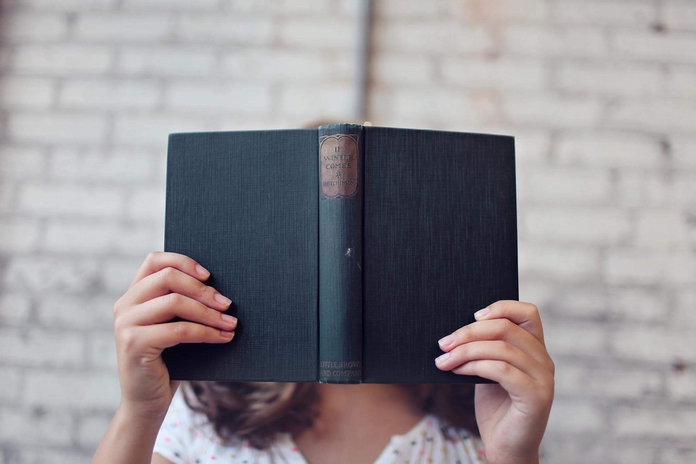You sit there conferring absolute boredom and impotence as you stare intently at your placid computer screen. It is another school day, and you have a tsunami of readings to finish. Suddenly, your computer screen flashes as a notification unapologetically invites itself in.
“Japan enters a new stage of the pandemic fraught with fresh challenges”. It is from the Japan Times.
With great nonchalance, you try to brush it aside in order to focus on your real task, yet your astuteness took notice of the news with great attentiveness.
Intrigued, you click open the notification which leads you to the news website. A torrent of photos swarms you with great ebullience as the news, accompanied by evocative description, entrenches you in the story it has to tell. After finishing the article, you feel well-informed and are pleased that you are on track with current affairs.
Then, you go back to your readings, only to realise that you have no idea what you were reading nor why you were reading.
Reading is a way for us to learn. We first recognize the words, comprehend them, and then finally receive the knowledge. However, why is it that some of us feel so sleepy and unmotivated finishing any readings designated by our professor while we feel so energetic and motivated reading the newspaper, manga and even lengthy Instagram posts with rants by our friends?
If this too is your narration, you are not alone. As school starts and we have to become accustomed again to reading lengthy papers or books written with jargon or thesaurus embedded, complex sentences which do not help with making abstract concepts easier to grasp, the perennial question once again surfaces: What exactly is reading?
Firstly, understand the context. More than often, we delve straight into the readings without first understanding who the author or publisher are, and their respective background. We do not know when the book was written and last revised. Is that critical information? Not really, but through understanding them, you might gain more interest in reading subconsciously, you have developed a goal: by reading the book, you are going to find out more about the author’s reason for writing and to uncover all the mysteries surrounding them. And might be enough motivation for you to continue reading.
Secondly, ask questions before you start reading. You are reading to find out something from it (maybe this is the reason for professors always assigning reading-based quizzes). Having questions not only helps you to concentrate, but also serves as a guideline.
Thirdly, break down the chapter, paragraphs, or difficult sentences into tiny chunks that are easier to digest. Often, we are intimidated by the complexity of the sentence structure. In addition, information overload causes our brains to shut down momentarily and actively look for distraction. Thus, it is suggested to read slowly, break down any part that might be too difficult and take in the information little by little. It is just like forming a jigsaw puzzle!
Yet, the aforementioned points might still be too general for those who really want to discover more about reading.
“How to Read a Book” is a book written by Mortimer J. Adler back in the 1940 which gives in depth analysis to what he considers effective reading.
In general, he feels that reading should have 4 different levels.
Level 1: Elementary Reading – or foundation reading, which is what you are doing now. It is the most basic level where you just read the words and sentences as what they are and understand them.
Level 2: Inspection Reading. Inspection reading requires you to briefly skim the book. Under inspection reading there are 2 techniques. First is the systematic skimming, where you just read the “features” of the book. For example, the cover page, the table of contents, the author’s background, and the list goes on to roughly know what is happening in the book. Second is the superficial reading, where you just read the book normally. However, you will not stop to check out the vocabulary nor will you try to digest the content. It is like playing your Moodle video at 2x speed; you are just trying to find out the general outline of the content and if there is any part worthy of your time.
Level 3: Analytical Reading. Analytical Reading is the opposite of inspection reading, where you really read thoroughly. In all honesty, some of your professors simplified the process of reading for you by picking the most relevant chapter for you to read for they already knew the content of the book. Thus, instead of carrying out a thorough, daunting reading, your analytical process is shortened to just one chapter where upon understanding, you will gain valuable insight to your relevant classes.
Level 4: Syntonical reading. Perhaps the hardest level for you is to read all the books related to the subject. By reading comparatively, you are trying to grasp the whole picture. Often, we only come to this level when we are writing our papers.
Although people have always discussed what is the best reading style or technique, it is really up to the individual.
Ultimately, reading is like embarking on a personal marathon; you have to know where you are heading to.

